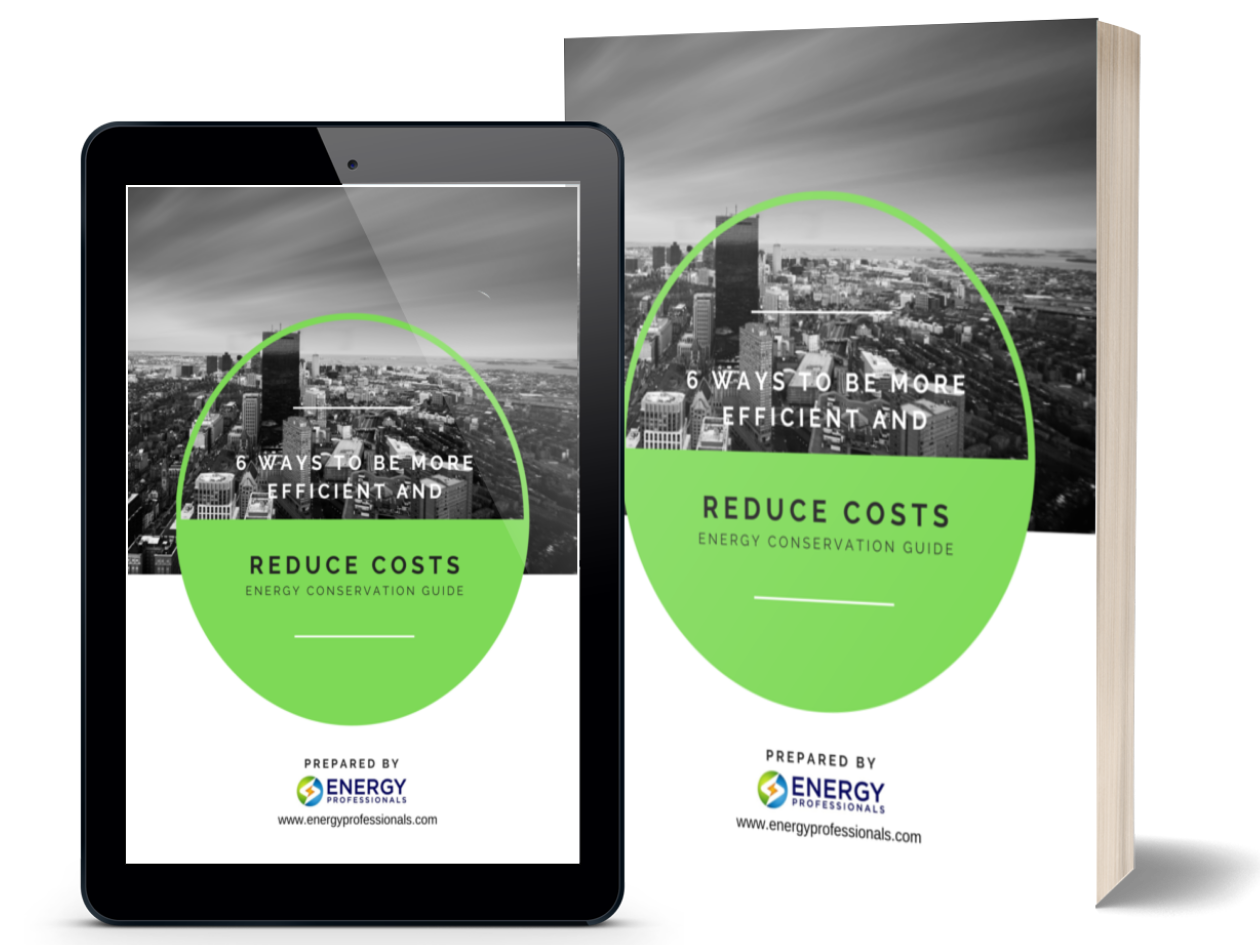Warm Weather in February Causes Natural Gas to Pullback From Recent Highs, But Risk of Higher Prices Remain
In my Jan 31st Energy Update, I said the path of least resistance appeared to favor higher prices, but the

In my Jan 31st Energy Update, I said the path of least resistance appeared to favor higher prices, but the
In my Jan 31st Energy Update, I said the path of least resistance appeared to favor higher prices, but the direction of prices near-term would be influenced by the weather thru the end of March. If it was colder than normal Natural Gas was poised to move higher, and the long-term risk had increased due to our present administration’s restrictive energy policies, aggressive fiscal spending, and quantitative easing by the Fed, and those factors collectively increased the risk of inflation in the U.S.
But since my last report, February has been warmer than normal, and NOAA is forecasting warmer than normal weather will continue thru Feb 23rd.
And as you can see in the below graph, the warm February weather caused Natural Gas to pullback from recent highs.
In today’s report, I will summarize the risk factors supporting higher Natural Gas prices, and why I believe the risk/reward factors favor hedging your cost of Natural Gas and Electricity now for protection against higher prices is a better option than delaying hoping for lower prices later.
In my Jan 31st Energy Update, I discussed 2 factors supporting recent price increases in Natural Gas and why those 2 factors increased the risk prices would continue higher near-term.
But warmer than expected weather in the first half of February slowed the draw of supplies, and by Feb 18th we are now expected to be approximately 12% below the 5-year average. And with warmer than expected weather expected to continue until at least Feb 23rd, prices have pulled back from their recent highs.
But it is important to note even with the warm weather expected at least until Feb 23rd, supplies are still significantly below the 5-year average, and with LNG exports overseas remaining at record levels it appears we will again be at least 16% below the 5-year average at the end of February.
In my last report, I said if Russia invaded the Ukraine any possibility the Nord Stream 2 pipeline would be approved by Germany near-term would evaporate thereby exacerbating the severe energy crisis in Europe, and exports of Liquified Natural Gas (LNG) from the United States would continue increasing at a record pace.
Our intelligence agencies believe the Russian invasion is becoming increasingly more likely, and although I believe the invasion of Ukraine won’t take place until after the Olympics, their massing 130,000 troops at the border leads me to believe they will likely start the invasion shortly thereafter.
Clearly, the risk factors discussed in my Jan 31st Energy Update remain and risk-averse hedgers should consider the recent pullback an excellent hedging opportunity.
When I evaluate a market, I always consider the upside risk versus the downside reward potential of lower prices. The next chart will help you appreciate why I believe the upside risk is much greater than the downside potential of waiting hoping for lower prices at this time.
In my Nov 16th Energy Update, I introduced the concept of Bollinger Bands, which is a technical indicator calculated by plotting two standard deviations above and below the 20-day moving average. They often highlight areas of support and resistance, and 95% of the time prices remain within two standard deviations from the 20-day moving average.
And if you look closely at the above chart, you will notice five times since April 2021, Natural Gas declined to the lower Bollinger Band before rallying higher. There was only one instance when prices immediately fell below the lower Bollinger Band, which is consistent with the observation prices normally remain within the upper and lower Bolling Bands 95% of the time.
Therefore, if Natural Gas declines to the lower Bollinger Band, although nothing is guaranteed when trading markets, there is a high probability prices will hold near the lower Bollinger Band before moving higher. But given the risk factors delineated earlier, I don’t believe it is wise to hold off hedging now hoping for slightly lower prices later.
This morning the Labor Department reported the producer price index, which measures inflation at the wholesale level before it reaches consumers surged 9.7% in January from the year-ago period, slightly below the 12-year high of 9.8% in November and December. Clearly the threat of inflation is not abating, and 3 years from now you may look back and realize there was only one cost of doing business you could have avoided increased prices and volatility, your cost of energy for Natural Gas and Electricity.
Not every client’s risk tolerance and hedging strategy is the same, but the above report will help you put into perspective the risk/reward opportunities. I invite you to call one of our energy analysts to help you plan a hedging strategy appropriate for your situation.
Ray Franklin
Energy Professionals
Senior Commodity Analyst


Don't have one? You can get one by calling us at 855-4-PKIOSK.
Energy Professionals is committed to finding its customers the best possible rates on electricity and natural gas. Tell us your location and service type and our energy manager will connect you to the most competitive offers.
Switching to an alternate supplier is easy. There is no chance of service disruption, and you'll continue with your current utility for energy delivery and emergency service. Take a few minutes to discover your best offers, and enjoy the benefits of retail energy in your home or business.
1. Energy Type
2. Service Type
3. Zip Code
4.Local Company
5.Zone
We believe that knowledge is power. Here’s a free e-book that provides business solutions to reducing energy costs.
Download E-Book Free Energy Audit




